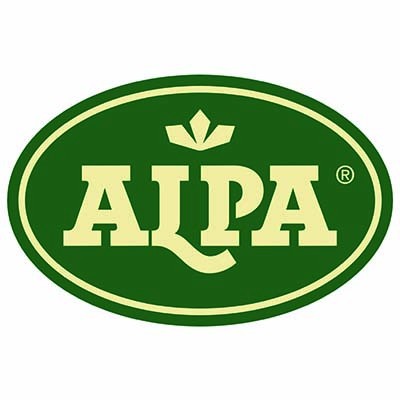The sticky regulatory landscape of cultivated meat and what to expect next
Attorneys Brian Sylvester and Tommy Tobin outline where regulation is heading and what it means for the major players in the space.
Cultivated meat officially entered the U.S. market in June thanks to the USDA and FDA’s grants of approval to Upside Foods and Eat Just , as the nascent industry is regulated by both the USDA and the FDA. Since then, consumer interest has been piqued but many hurdles lay ahead.
Cost, scale and winning over the consumer still remain major challenges to the industry, which has grown from an ecosystem of a few players to now about 150 companies.
Regulatory clarity well-received
The USDA and FSIS announced new directives, which addressed the inspection, sampling and responsibilities of establishments producing cell-cultured meat, and as a result, provided clarity into how these organizations planned to execute its regulatory obligations in this space.
Brian Sylvester and Tommy Tobin are both attorneys at the firm Perkins Coie within its consumer products & services litigation practice group and food & beverage industry group. Both Sylvester and Tobin see the new regulatory guidance as a “helpful and welcome resource,” they said in a written response to questions. “Regulatory certainty and clarity facilitate innovation.”
However, we are far away from seeing cultivated meat at the grocery store.
“Any company making cultivated meat and poultry products subject to USDA-FSIS oversight must obtain both a federal grant of inspection and label approval from USDA-FSIS prior to being able to lawfully market these products in the U.S,” said Sylvester and Tobin, and right now, only two companies have done so — Upside Foods and Eat Just.
In Switzerland, Aleph Farms was the first ever company to submit an application for European regulatory approval in late July. The Israeli cellular agriculture company has a partnership with Marcus Samuelsson, an award-winning chef, restaurateur, author and TV personality that sets the company up for a US partnership with a major chef when and if the company gets full approval here.
The current directives from the USDA-FSIS put the products on the same playing field as their animal-based products counterparts, according to Sylvester and Tobin.
In terms of labeling rules, much is still unknown, according to the attorneys.
“It remains to be seen how labeling oversight will play out moving forward, with both new USDA labeling requirements to come and activity at the state level as these products move to market,” they said.
SOURCE Food Dive.
 Pages you might like
Pages you might like








 Latest information
Latest information
 Follow official account
Follow official account
 Online support
Online support
 鄂ICP备2022017323号
鄂ICP备2022017323号
 鄂公网安备 42018502006493
鄂公网安备 42018502006493
 Launch Exhibition
Launch Exhibition
 Release information
Release information



 Today's topic
Today's topic

















